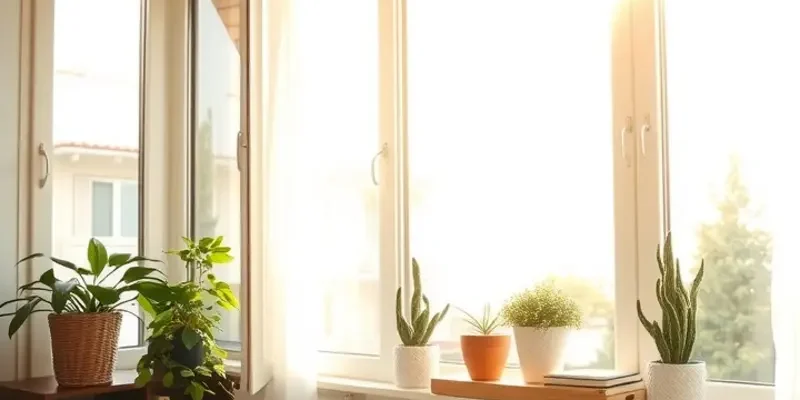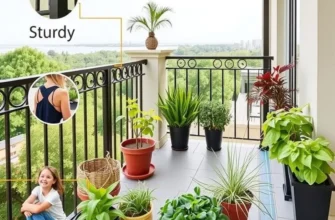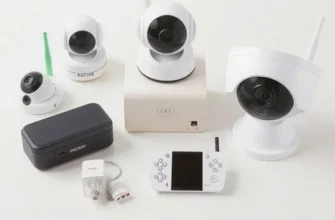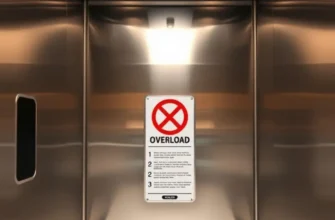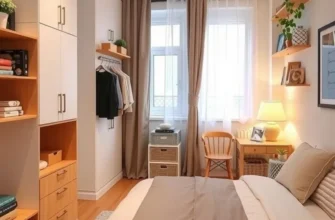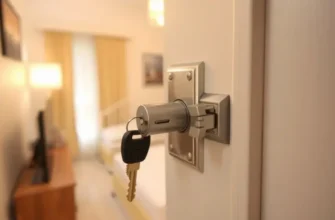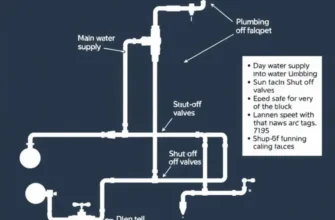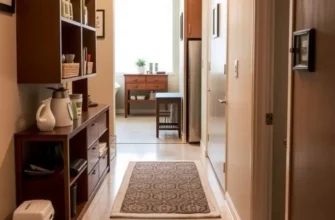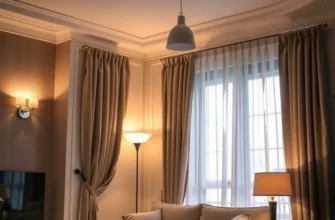Effective ventilation is crucial for maintaining a healthy apartment environment, especially for renters who want to prioritize safety and ease of living. Proper airflow can help reduce humidity, prevent mold growth, and improve air quality—allowing you to breathe easy in your home. Many renters may not realize how crucial it is to ensure their apartments are adequately ventilated, but by understanding a few key principles and adopting practical strategies, you can make a significant difference. From understanding how to utilize your windows effectively to discovering the best maintenance solutions that won’t break the bank, you can create a conducive living space. In this guide, we’ll explore actionable tips you can implement today to enhance your apartment’s ventilation while keeping safety, security, and hassle-free maintenance front of mind.
Maximizing Natural Ventilation
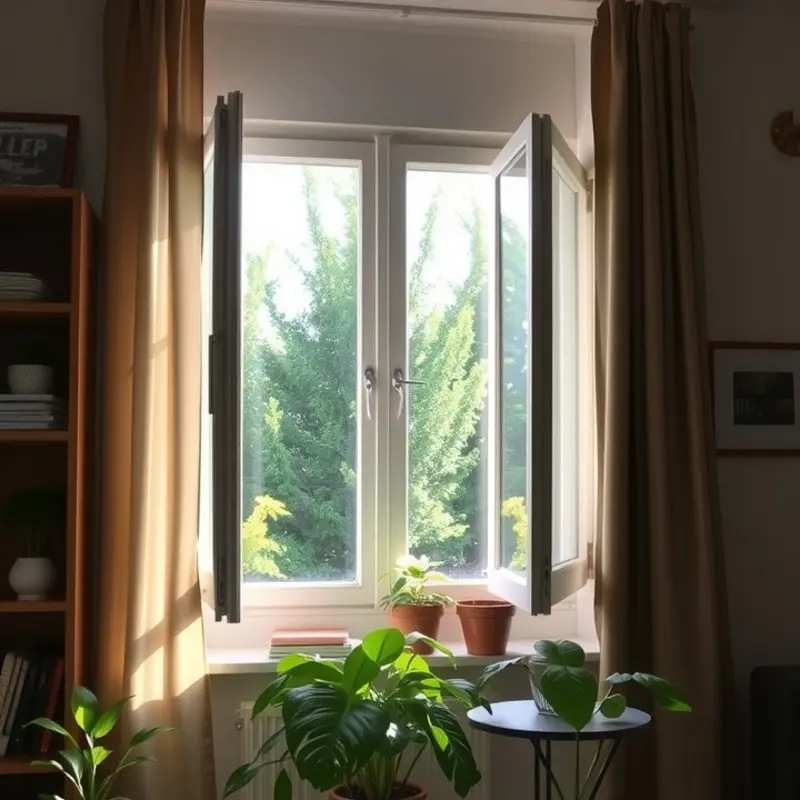
Harnessing natural airflow is not merely about comfort; it’s essential for maintaining indoor air quality and reducing energy consumption. As a renter, understanding how to optimize your apartment’s natural ventilation can make a significant impact on your living environment.
Firstly, let’s explore the principle of cross-ventilation, which is key to maximizing natural airflow. Cross-ventilation involves strategically opening windows and doors on opposite sides of your apartment to create a flow of air that can effectively sweep through the space. This method can significantly reduce indoor air pollutants and bring in fresh air.
To initiate cross-ventilation, identify windows or balconies that naturally align. In apartments, it may be as simple as opening a window in the living area and one in a bedroom. Always ensure that these openings are at different heights if possible; hot air rises and cooler air will enter at a lower point, enhancing circulation.
If your apartment layout presents challenges, consider other avenues to promote natural airflow. For instance, using transoms or vented doors can facilitate airflow between rooms, reducing the need for windows to be directly opposite each other.
Weather permitting, ventilation can be further optimized by utilizing your apartment’s balcony, if available. Balconies can act as an extended lung of your living space. By keeping balcony doors ajar, you allow air to move freely while enjoying an open connection with the outdoors. However, always take safety precautions such as securing balcony doors to prevent unwanted access or accidents, especially if you live in upper-floor units. For more tips on maintaining a safe balcony environment, visit this guide.
Additionally, pay attention to window treatments. Heavy curtains or blinds can obstruct airflow when windows are open. Consider lighter fabrics or adjustable blinds that allow you to regulate the amount of air flowing in without sacrificing privacy.
The time of day is also crucial. Early mornings and evenings usually offer cooler temperatures, making them ideal for ventilation. You might close windows as outdoor temperatures rise during midday to maintain cooling efficiency and reopen them as temperatures drop.
It’s worth noting that managing humidity is part of optimizing natural airflow. Excessive humidity can be counterproductive. Dehumidifiers might be necessary during particularly humid days to preserve air quality and prevent mold growth.
Understanding your specific apartment layout, and how air naturally moves through it, can help you make subtle changes for substantial improvements. Effectively utilizing natural ventilation is a key part of creating a sustainable and comfortable home environment.
Safe Maintenance for Improved Air Quality
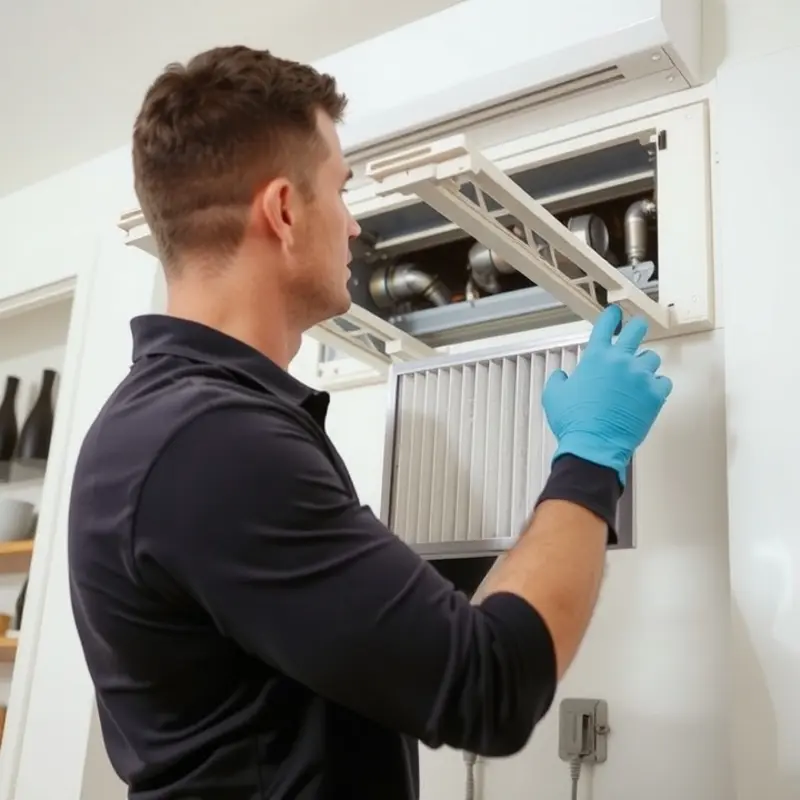
As a renter, maintaining your apartment’s air quality is crucial for your health and comfort. Understanding the basic maintenance tasks that support optimal air quality can prevent problems before they arise. Keeping the apartment’s ventilation systems in top condition doesn’t require hefty investments—just some strategic planning and consistent follow-up.
First, be proactive in cleaning ventilation covers and filters. Dust and debris can quickly accumulate, leading to poor airflow and potential allergens circulating in your space. Regularly vacuum vents and use a microfiber cloth to wipe them down. Consider washing vent covers every few months, letting them air dry completely before replacing them.
For those with heating, ventilation, and air conditioning (HVAC) systems, change the air filters as recommended by the landlord or building management. Often, filters should be changed every three months, though this can vary based on occupancy and pets. Pet hair, in particular, can exacerbate air quality issues, underscoring the importance of routine filter changes.
Next, keep windows and exhaust fans clean and functional. Ensure windows open and close with ease; report any issues to maintenance promptly. A well-functioning window can be a simple yet effective means of ventilation, especially in areas such as the kitchen or bathroom where moisture and odors are prevalent. Ensure regular exhaust fan maintenance in these spaces to efficiently expel steam and odors. Timing matters too—remember to clean fans at least twice a year to prevent dust buildup and ensure their efficacy.
Addressing humidity is another vital step. Excessive moisture can promote mold growth, significantly impacting air quality and even structural integrity. Use a humidity gauge to monitor moisture levels and consider using a dehumidifier if necessary. Most apartment guidelines suggest maintaining indoor humidity between 30% and 50%.
Additionally, checking for signs of mold is essential. Mold can hide in less visible areas like under carpets or behind wallpaper. If detected, notify your landlord immediately and avoid trying to remove large mold areas yourself, as this can release spores into the air.
Speaking of moisture, always fix leaks as soon as they’re detected. A dripping faucet or a leaky window might seem trivial but can contribute to larger humidity issues. Promptly report any leaks to your building’s maintenance team and follow up if you don’t see timely action.
Lastly, ensure that no vents are blocked by furniture or decor. Good airflow is crucial for healthy indoor air. Make it a habit to rearrange or adjust settings as needed to keep pathways to ventilation clear.
By integrating these maintenance strategies, not only do you enhance your apartment’s air quality, but you also contribute to a healthier living environment. Taking these steps will preserve the longevity of your apartment’s systems, providing a comfortable and refreshing atmosphere year-round.
Final words
Proper ventilation is essential for ensuring a safe and comfortable living space in your apartment. By maximizing natural airflow and staying on top of maintenance tasks, you can enhance air quality and maintain a healthy environment. Taking these steps not only improves your living space but also protects your health and adds to the overall enjoyment of your home. Remember, a little effort can go a long way toward fostering a safe and refreshing atmosphere in your apartment.

